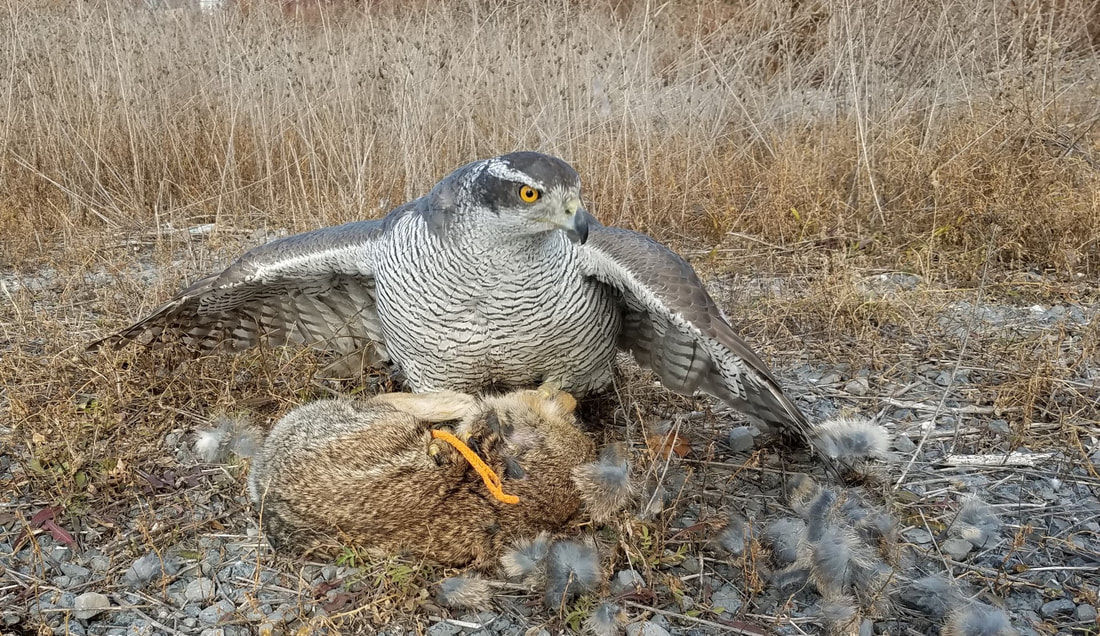Meet the Birds: Raptors
Red Tailed Hawks (RTs) |
Goshawks
 Goshawk Named Luna with Rabbit - Photo credit Jill Morrow
Goshawk Named Luna with Rabbit - Photo credit Jill Morrow
FALCONS
++++ Webpage development in progress; more to follow ++++
Meet the Birds: Raptors
Red Tailed Hawks (RTs) |
 Goshawk Named Luna with Rabbit - Photo credit Jill Morrow
Goshawk Named Luna with Rabbit - Photo credit Jill Morrow